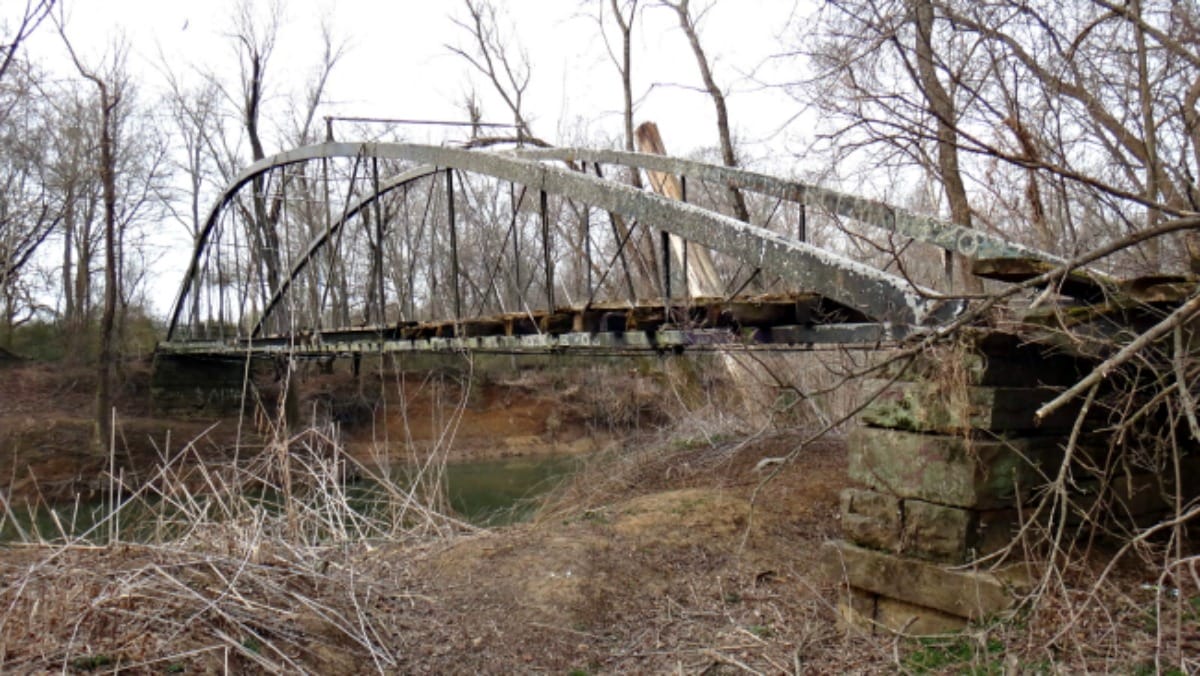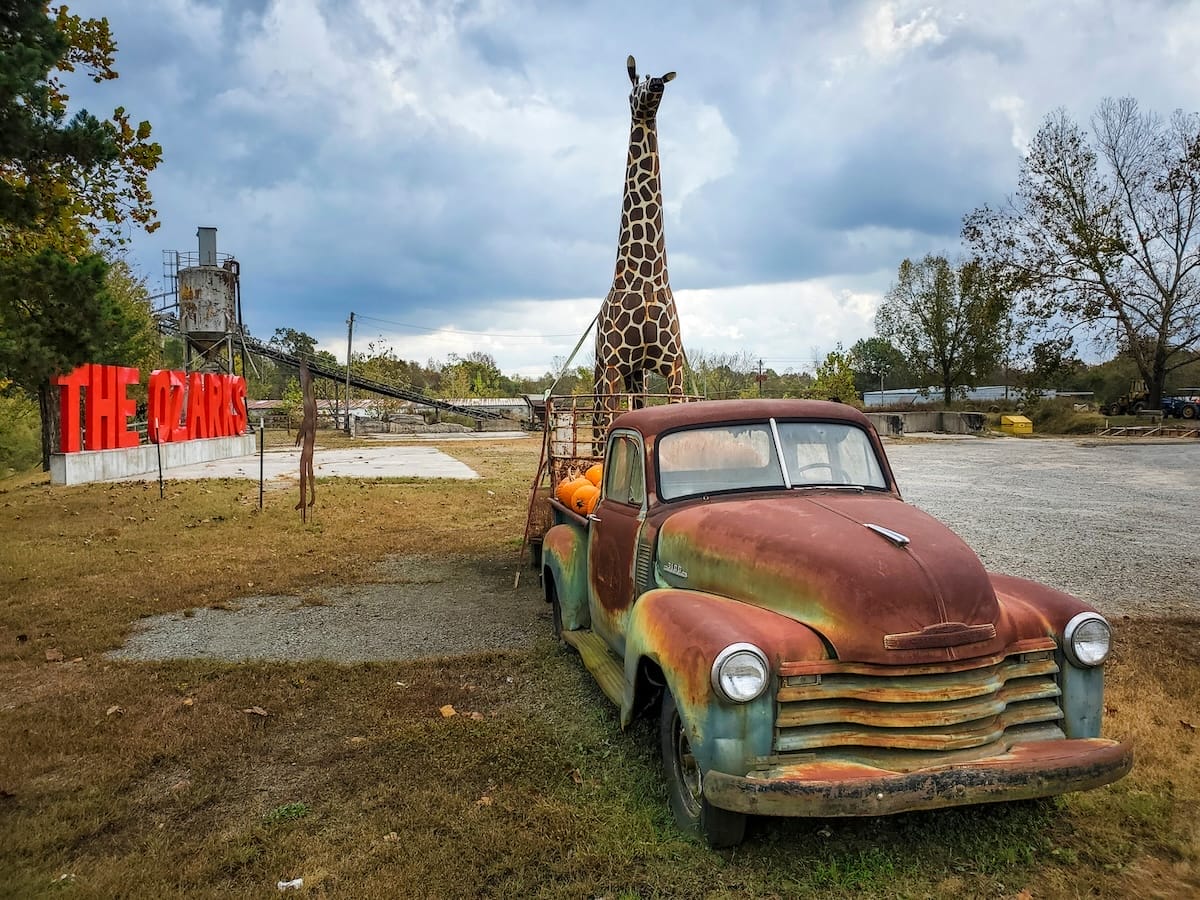

Uh oh...
It appears that you're using a severely outdated version of Safari on Windows. Many features won't work correctly, and functionality can't be guaranteed. Please try viewing this website in Edge, Mozilla, Chrome, or another modern browser. Sorry for any inconvenience this may have caused!
Read More about this safari issue.

Arkansas is full of history and in this series, we’re examining historical places in Arkansas that are in danger of disappearing. The Historic Preservation Alliance of Arkansas (Preserve Arkansas) holds open nominations each year for the state’s most endangered places. The 2016 list includes two properties with deep ties to the state’s African-American history.
Mosaic State Temple
The Mosaic State Temple of Arkansas was built in 1921 by the Mosaic Templars of America, an African-American fraternal organization created in Arkansas. Two Little Rock African-American business men founded the Mosaic Templars in 1882. John E. Bush and Chester W. Keatts were both born as slaves, Keatts in Little Rock and Bush in Tennessee.

John Bush’s family was forced to flee Tennessee when Union forces swept into the state and slave owners fled to Arkansas with their property, including slaves, in the hopes that the Confederate army would eventually win the war and preserve slavery. When Bush was liberated from his owners after the war, he stayed on in Arkansas. John Bush and Chester Keatts met while working for the U.S. Railway as clerks. Despite their challenging childhoods, both were determined to succeed, and to make success easier for other African-Americans as well.
They co-founded the Mosaic Templars after realizing many insurance companies wouldn’t insure African-American citizens. The fraternal organization offered illness, death and burial insurance to members and their families. The order eventually branched out by establishing a nursing school and medical facility. These buildings were located in the heart of Little Rock’s African-American community on Broadway Street, along with the State Temple building. The Mosaic Templars peaked as an organization in the 1920s, with 100,000 members across twenty-six states and even internationally.
When the Great Depression hit, the order eventually couldn’t cope with increasing poverty across the state and nation. The headquarters complex was occupied by a variety of businesses and abandoned at times. A fire destroyed part of the complex in 1984, though it didn’t affect the Mosaic State Temple. The Department of Arkansas Heritage acquired the building complex from the city in 1996, but this didn’t include the State Temple Building. A fire destroyed the complex in 2005, and the Department rebuilt with an eye to historically recreating the original look of the Mosaic Templars headquarters. In 2006, they opened the Mosaic Templars Cultural Center, a museum dedicated to preserving the history of African Americans in Arkansas.
Meanwhile, the Mosaic State Temple, located next door to the museum, continued to house many different businesses. It is now for sale, and the only Mosaic Templar building still in its original state. Preserve Arkansas hopes to see the building added to the museum complex, but though its acquisition was approved by the state, it wasn’t funded, so the Mosaic State Temple’s future remains in jeopardy and a building to watch on the 2016 Most Endangered Places list.
Ray House

Another Little Rock property that plays a role in Arkansas’s history is the Ray House, located on Cross Street in Little Rock. The house was home to the Ray Family and daughter Gloria brought fame to the home in 1957 when she became one of the Little Rock Nine who enrolled at Central High School to integrate Arkansas schools. The Ray House was built in 1917 and Gloria’s father, Harvey and his first wife, Mary, moved into the new middle class neighborhood where many African American professionals would live and raise families.
After Mary died in 1934, Harvey married Julia Miller and she gave birth to Gloria in 1942. In 1957, Gloria enrolled at Central High School at the age of fifteen, though she turned sixteen in the midst of the turmoil shaking the city that fall. Despite a year of protests, hatred and harassment aimed at her and the other eight African-American students, Gloria completed her junior year at Central. The Ray House was her home this entire time. The next year, with the closure of every public high school in Little Rock in an attempt to avoid desegregation, Gloria moved to Kansas City with her mother to complete her high school education.
The Ray House still stands as a testament to Gloria’s courage, and her family’s, to take a stand against hatred and pave the way for the desegregation of schools across the state. Unfortunately, the house is now vacant and the once warm, professional neighborhood has also fallen into disrepair. Two houses near the Ray House have already been demolished. Preserve Arkansas hopes by placing the Ray House on the Most Endangered Places List, more attention will be given to the role the home played in Little Rock’s history and steps might be taken to ensure its survival.
Now for a Most Endangered Places success story!
Cadron Creek Bridge

The Cadron Creek Bridge on Old Springfield Road near the Faulkner and Conway County Line was a 2015 Most Endangered Places nominee. The bridge was built in 1874 to connect the communities of Des Arc and Springfield. The bowstring truss design is a rarity these days, with many of these older bridges more commonly seen on bike trails than roadways.
The Cadron Creek Bridge has the honor of being the oldest surviving highway bridge in Arkansas. After use of the bridge was discontinued in 1991, the bridge was essentially abandoned. After over twenty years of neglect, the wood has deteriorated and the stone abutments are crumbling. In the original listing, Preserve Arkansas advocated for the possibility of preserving the bridge by disassembling it and relocating it to a better setting so the bridge could be enjoyed and appreciated.
In May of 2016, just as the 2016 list of Arkansas’s Most Endangered Places was released, the Conway City Council agreed to a matching grant to move the bridge to Beaver Fork Lake Cove, where the bridge will be visible from Arkansas Highway 25 and also connect a fishing pier to a swimming area. The bridge will be completely refurbished as well, preserving its beautiful structure for many more years of enjoyment.
Perhaps the same fate awaits the Ray House and the Mosaic State Temple.
Only time will tell.
Keep up with the efforts to preserve Arkansas’s historic places at preservearkansas.org.

Photos courtesy of the Historic Preservation Alliance of Arkansas and used with permission.
We do the work.
You check your email.
Sign up for our weekly e-news.
Get stories sent straight to your inbox!









Like this story? Read more from Kimberly Mitchell
The Razorbacks are famous across Arkansas and beyond. Many sports fans...
Women’s volleyball has become a central sport in Arkansas, deeply...
For many years, western Arkansas was the edge of the frontier. After the...
Join the Conversation
Leave a Comment